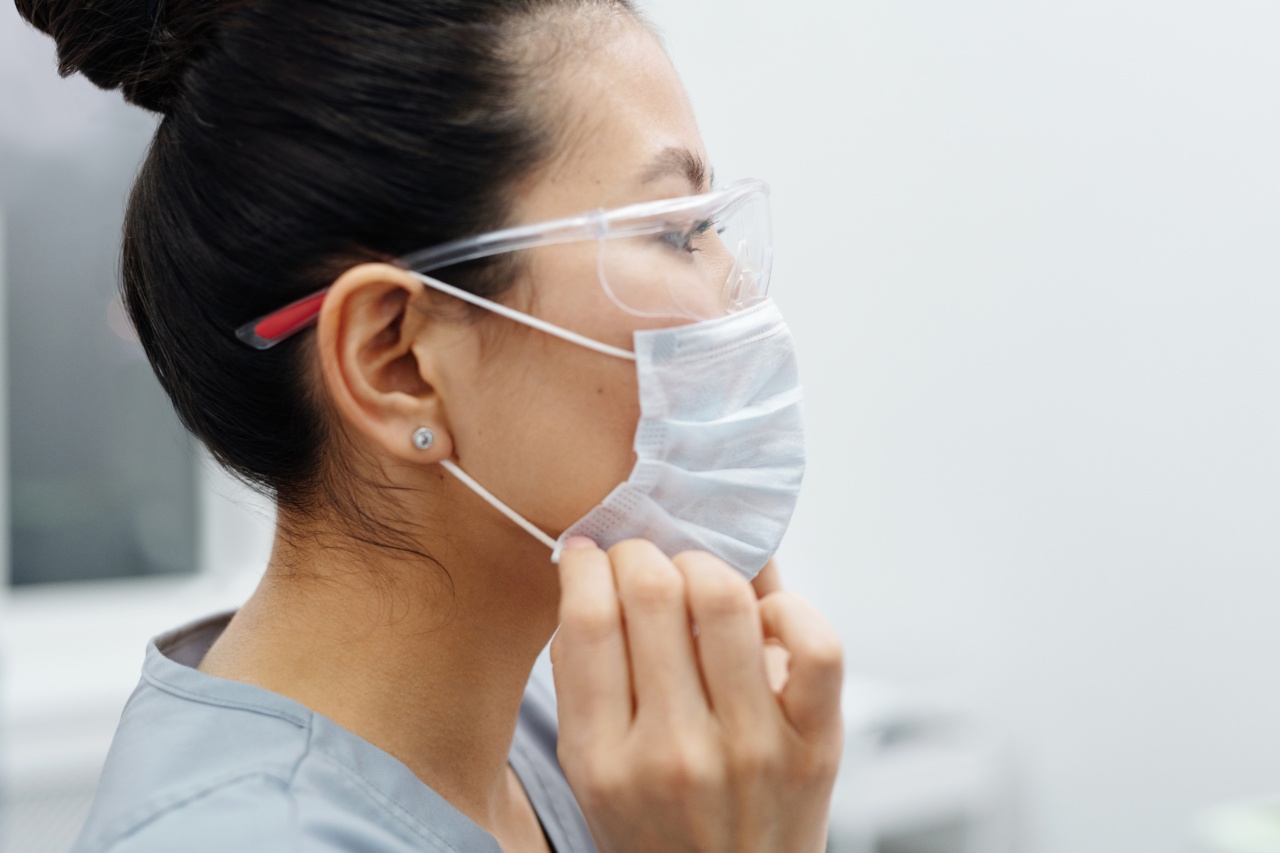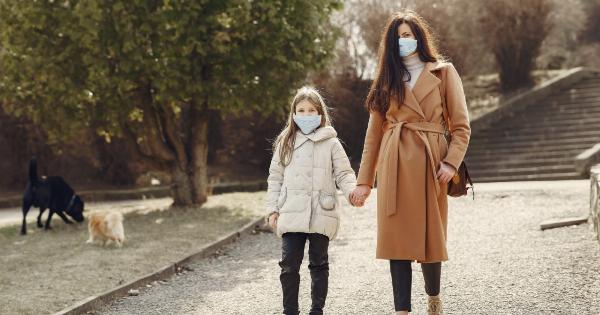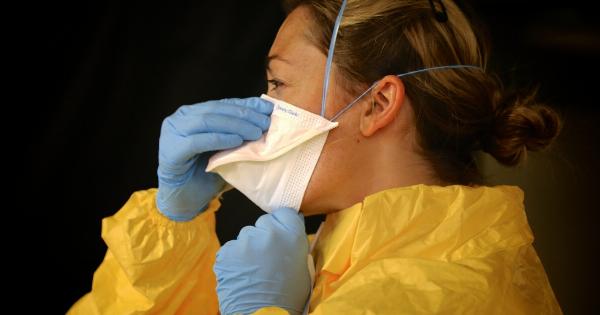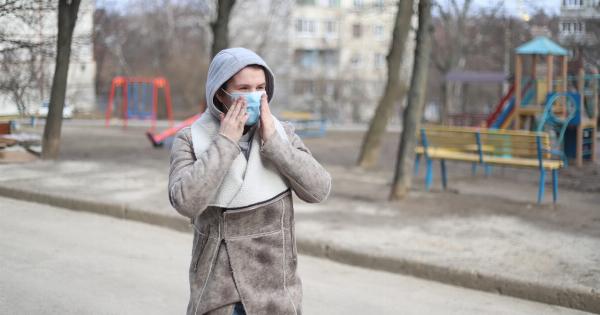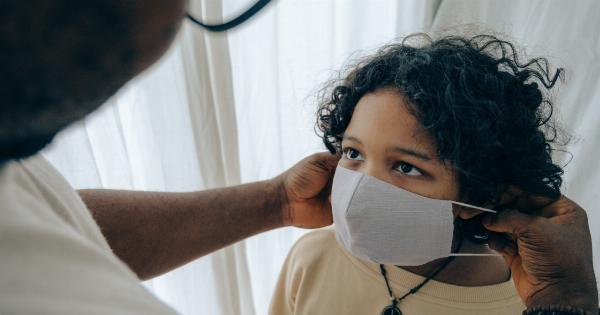As we enter the colder months, many people become more susceptible to viral respiratory infections.
These infections, such as the common cold, flu, and COVID-19, are caused by viruses that affect the respiratory system, including the nose, throat, and lungs. While these infections can be annoying and potentially dangerous, there are steps you can take to prevent them.
What are viral respiratory infections?
Viral respiratory infections are illnesses caused by viruses that affect the respiratory system. These viruses can affect the nose, throat, and lungs, causing symptoms such as coughing, sneezing, runny nose, sore throat, and fever.
There are many different viruses that can cause respiratory infections. Some of the most common include:.
- Rhinoviruses (causes the common cold)
- Influenza viruses (causes the flu)
- Coronaviruses (causes COVID-19)
- Respiratory syncytial virus (RSV)
How do respiratory infections spread?
Respiratory infections can spread in a variety of ways. One of the most common ways is through respiratory droplets. When an infected person coughs or sneezes, droplets containing the virus can spread through the air and infect others.
Respiratory infections can also spread through contact with contaminated surfaces. If an infected person touches their nose or mouth and then touches a surface such as a doorknob or countertop, the virus can survive on that surface for a period of time.
Another person who touches that surface and then touches their own nose or mouth can become infected.
Prevention measures
Preventing viral respiratory infections is key. There are a variety of measures you can take to help reduce your risk of infection:.
1. Wash your hands frequently
Regular hand washing is one of the most effective ways to prevent the spread of respiratory infections. Use soap and warm water and scrub your hands for at least 20 seconds. If soap and water are not available, use an alcohol-based hand sanitizer.
2. Cover your mouth and nose when coughing or sneezing
Cover your mouth and nose with a tissue or your elbow when coughing or sneezing to prevent the spread of respiratory droplets.
3. Wear a mask
Wearing a mask can help prevent the spread of respiratory droplets. It is recommended to wear a mask in crowded public settings, such as on public transportation or in stores.
4. Avoid close contact with sick people
Avoid close contact with people who are sick. If you are sick, stay home to avoid spreading the virus to others.
5. Clean and disinfect frequently touched objects and surfaces
Clean and disinfect frequently touched objects and surfaces, such as doorknobs, light switches, and countertops.
When to seek medical attention
If you develop symptoms of a respiratory infection, it is important to monitor your symptoms and know when to seek medical attention. In general, you should seek medical attention if you experience any of the following:.
- Difficulty breathing
- Persistent fever
- Chest pain or pressure
- Confusion or disorientation
- Bluish lips or face
If you are unsure whether you should seek medical attention, contact your healthcare provider or local health department for guidance.
Conclusion
Preventing viral respiratory infections is key, especially during the colder months when these infections are more prevalent.
By practicing good hygiene and taking preventative measures, you can reduce your risk of infection and help prevent the spread of these illnesses.
